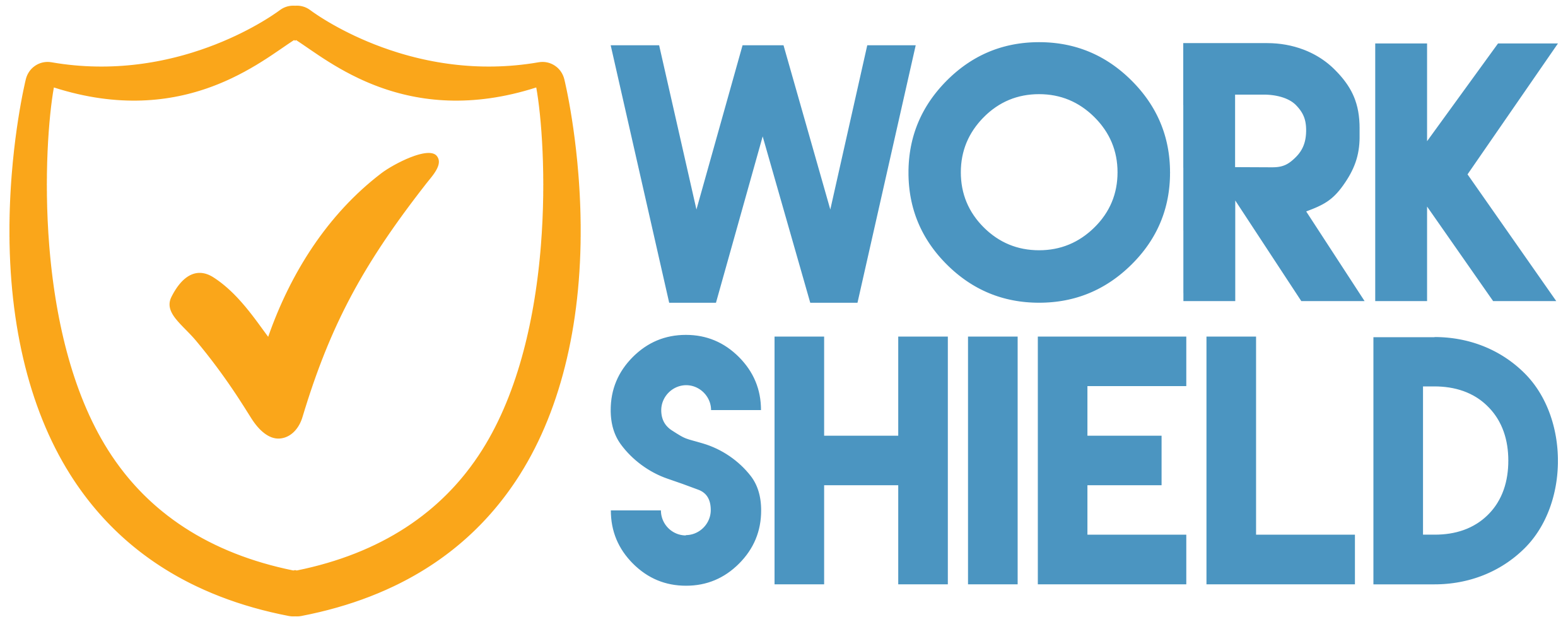Achieving diversity and inclusion in the workplace should be a priority for organizations. Along with adding more creative innovation and a larger talent pool, studies show that a diverse team can boost productivity by 35% and increase the likelihood of above-average profitability by 25%. Diversity, equity and inclusion (DE&I) has been a topic of discussion in the technology industry for many years. In fact, Google’s 2014 diversity report sparked mass discussion and controversy when it revealed that its staff was 61.3% white and 69% male. The issue of cultivating diversity in the tech field is an ongoing conversation where improvement has been made, but much work is yet to be done.
Before we discuss the lack of diversity in technology, it’s important to note that organizations have taken steps in the right direction. For example, before 2020, 24% of tech businesses did not invest in DE&I initiatives, but that number decreased to 9% in 2020 and is expected to continue dropping. One reason for this shift may be attributed to the increase in tech companies having dedicated DE&I staff. In fact, the number of tech organizations with DE&I staff is expected to reach 35% by the end of this year, a much needed improvement from the 11% reported prior to 2020.
Despite the efforts and newly implemented DE&I programs within the tech industry, there is still a lack of diversity amongst these teams, with gender diversity at 19% compared to 49% for all other industries. This notable lack of diversity in technology has contributed to what experts call the Great Resignation, a pandemic-era trend where a high volume of employees are leaving their jobs. Workers are exiting technology roles due to a lack of diversity. A 2021 report from academic publisher Wiley found that 68% of employees surveyed said they have felt uncomfortable in an IT role because of “their gender/ethnicity/socio-economic background or neurodevelopmental condition.” This inequality in the tech world is a multifaceted issue, stemming from education and recruitment bias. Released in the Wiley study, 39% of respondents reported never receiving any information about tech careers in high school or college, and 51% of business leaders reported finding difficulties in recruiting diverse entry level tech talent.
With the history of a lack of diversity in the tech industry, it’s crucial for employers in this field to commit to and retain a diverse workforce. Solely hiring someone to lead DE&I efforts and implementing unconscious bias training will not solve all tech industry problems. Effective change must start from the top, and CEOs and other leaders should be ready to support those whose specific role is to oversee an organization’s diversity and inclusion programs. Additionally, tech startups are in a pivotal position to make meaningful change by starting these practices from the beginning.
It’s apparent from the research that cultivating diversity in the tech industry is an uphill battle, but with the right leadership, revamped recruiting practices and supported training programs, it is possible to continue making gains in this ever-evolving industry. Partnering with Work Shield offers the solution to establishing a more inclusive workplace where DE&I initiatives thrive, regardless of industry. It’s time to get serious about fostering trust between your organization and employees. It’s time to change the broken system in technology and beyond.
About Travis Foster
Travis heads up Work Shield’s legal department and is known to be something of a jack of all trades – he is an experienced entrepreneur, as well as an attorney with a mechanical engineering background who designed and managed projects in both the energy and public utilities industries. Travis also contributes his wealth of capital knowledge and growth strategies for businesses to the Work Shield team.
Follow him on LinkedIn.





